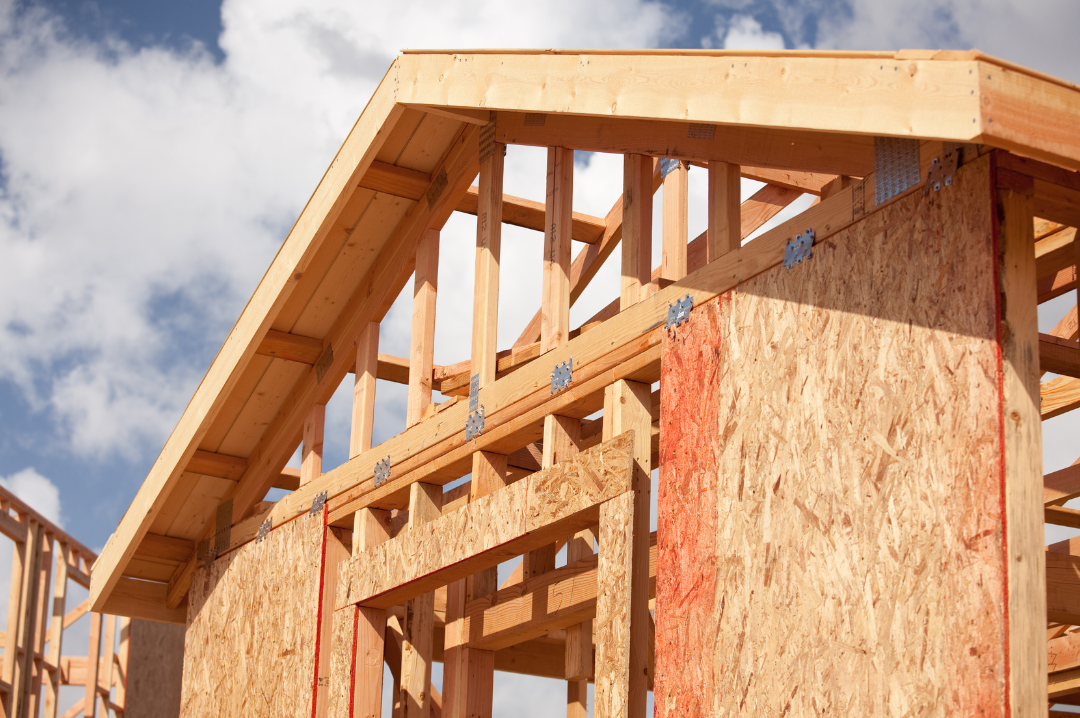
In recent months, officials at all three levels of government have been scrambling to increase affordability in the Canadian real estate market, with municipal, provincial and federal housing proposals ranging from new or higher tax rates to more tax credits.
During the last general election, all of the federal party leaders put forward their ideas to improve the housing sector and ensure more Canadians can purchase a home, be it a single-family home, townhouse or condominium unit, without breaking their budgets to do so. But now that it appears Prime Minister Justin Trudeau and his Liberal government will remain in power for another three years, the Grits are beginning to tackle this national issue. What federal housing proposals will actually offer relief for prospective homebuyers?
Finance Minister Chrystia Freeland unveiled the Trudeau government’s plans to address the housing affordability crisis in the 2022 federal budget. Some of the measures included a two-year ban on foreign home ownership, $10 billion to accelerate new housing construction, and tax credits and savings.
“We had a better shot at buying a home and starting a family than young people today, and we cannot have a Canada where the rising generation is shut out of the dream of home ownership,” she told reporters in April. “The central challenge in Canada when it comes to housing is a lack of supply, and this budget is about tackling that head-on.”
“We cannot have the fastest growing population in the G7 without also having the fastest-growing housing stock,” she added.
Some experts believe that the government’s plan to welcome 1.2 million newcomers to the country could add pressure to a market that is already extremely tight.
The average sale price of a home in Canada reached $746,000 in May 2022, according to data from the Canadian Real Estate Association (CREA), hovering at an all-time high. A recent study found that Canada maintained the widest gap between housing prices and incomes in the G7.
Will these strategies accomplish the broader objective of making homeownership more affordable?

Weighing In on Federal Housing Proposals
It is estimated that the country will need approximately 3.5 million new homes within the next decade. To resolve the swelling supply-demand imbalance, Shaun Cathcart, senior economist at CREA, says there needs to be an “aggressive national push to build more homes.”
But does the country have a strong enough labor market or even the materials to build that many homes in 10 years?
While property developers might be ready and willing to accelerate residential development, Christopher Alexander, the president of RE/MAX Canada, told Canadian Mortgage Professional that the government should be lending a hand.
“Outside of the money that’s being allocated, I think they really need to find a way to help developers actually build the projects,” he said. “In Canada, we had about 19,000 trade workers leave the field in the last two years, and there’s no plan to replace those or recruit them from immigration.”
Alexander believes that it is great that Ottawa is spending money, but they need to “speed up development and incentivize developers to build more affordable units.”
CIBC World Markets chief economist Avery Shenfield agrees, writing in a research note in April:
“Without a targeted immigration plan or a concerted effort to convince young residents to consider taking up a hammer rather than a laptop, we’re going to continue to struggle to ramp up supply enough to allow more Canadians to own their next castle.”
Suffice it to say, Canada faces many challenges in helping build these residential properties.
“The reality is, they’re dealing with labor shortages, they’re dealing with material shortages, they’re dealing with all kinds of challenges in obtaining the material that they need to build homes,” said Jean-François Perrault, chief economist at Scotiabank, in a note.
Are these prognostications too gloomy, or do the data show that conditions might be better than what experts think?
According to Statistics Canada, investment in building construction jumped by 1.8 per cent to $20.3 billion in March. This represented the sixth consecutive monthly investment gain.
Single-family home investment volume jumped by 4.3 per cent to $8.4 billion. Ontario saw a 6.2-per-cent increase, while British Columbia enjoyed a 3.8-per-cent bump.
Both commercial and industrial investment also went up to end the first quarter, climbing 2.4 per cent and 1.9 per cent, respectively.

More Work Needs To Be Done
Before the 2021 federal election campaign, many real estate experts asserted that the best solution to the housing affordability crisis is more supply. Industry analysts argue that incumbents and candidates could discuss taxes, but greater housing stocks are the top answer to today’s housing woes. Without more units throughout Canada, prices will continue to remain elevated and price too many Canadians out of the market. The federal government might be pouring money into the problem. Still, the lopsided supply-demand balance will persist without the necessary tools to construct single-family homes and townhouses coast to coast, whether it is labor or materials.
Posted by Infinity Admin on
Leave A Comment